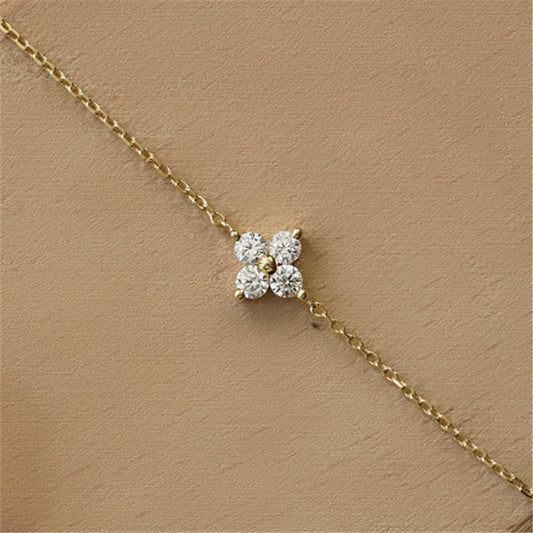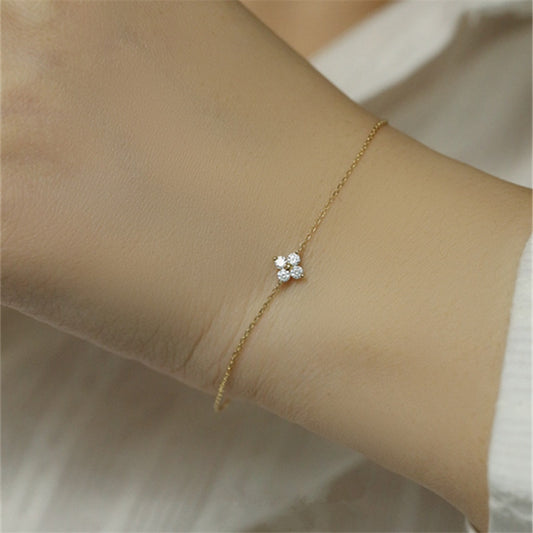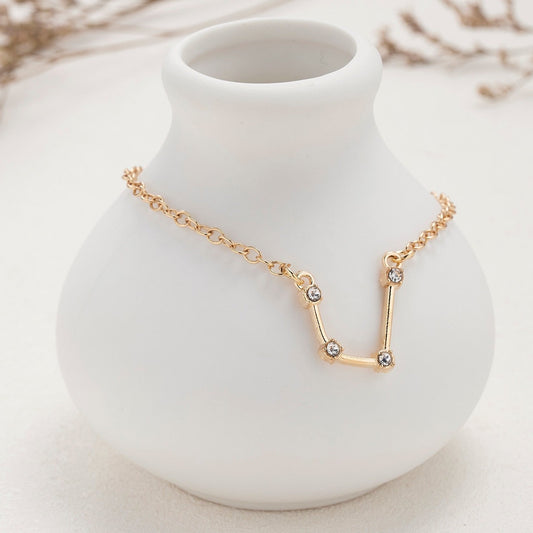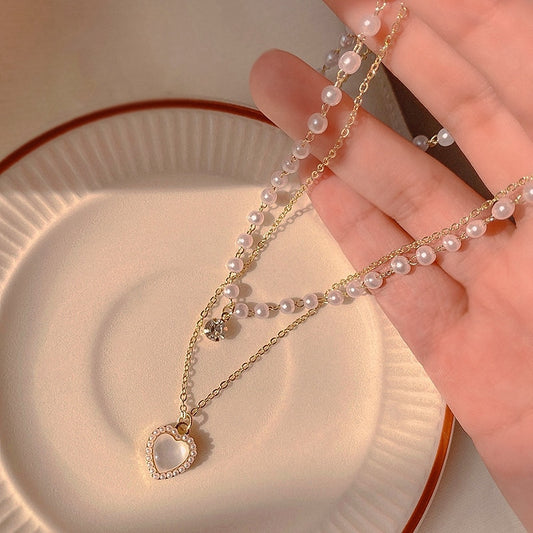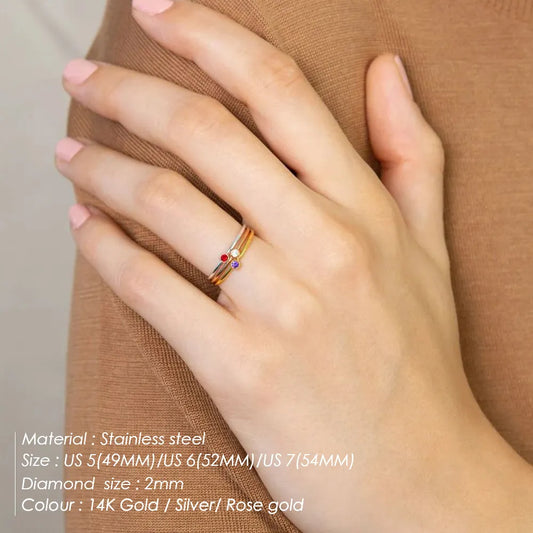Myth or Fact: Why Does S925 Sterling Silver Tarnish? And Why It's Still a High-Quality Metal
If you've ever purchased sterling silver jewelry marked as S925 and noticed they tarnish after just a few wears, you're not alone. Tarnishing is a common occurrence with sterling silver jewelry, but it doesn't mean your jewelry is of poor quality. In fact, S925 sterling silver is a high-quality and widely-used material in jewelry making. So why does it tarnish so quickly? Let’s explore the reasons and how you can prevent it from happening.
Why Does Sterling Silver Tarnish?
Sterling silver contains 92.5% pure silver and 7.5% other metals, typically copper. While the pure silver itself doesn’t tarnish easily, the copper content is highly reactive to its environment. Here are the key reasons your sterling silver jewelry might tarnish:
1. Exposure to Air (Oxidation):
When sterling silver is exposed to air, the copper in the alloy reacts with oxygen and sulfur compounds, leading to oxidation or tarnishing. This process creates a dull or dark layer on the surface of your jewelry, which is why your earrings may look less shiny after just a few wears.
2. Contact with Sweat:
Sweat contains salts, oils, and acids that can accelerate tarnishing. If you wear your jewelry while exercising or in hot, humid conditions, the sweat can interact with the silver, causing it to tarnish more quickly.
3. Environmental Factors:
Humidity, air pollution, and sulfur-containing environments (like industrial zones) can speed up tarnishing. Even everyday air pollutants can affect your sterling silver earrings.
4. Cosmetics and Chemicals:
Lotions, perfumes, and hairsprays are full of chemicals that can react with sterling silver, causing it to tarnish. If you apply these products after putting on your jewelry, it can discolor more quickly.
5. Household Chemicals:
Harsh cleaning agents and chlorine from tap water or swimming pools can also cause your silver jewelry to tarnish.
6. Body Chemistry:
Each person’s body chemistry is different. Some people’s skin oils are more acidic, which can make sterling silver tarnish faster than it does for others.
7. Storage Conditions:
If you store your jewelry in a humid environment or exposed to air, they will tarnish more easily. Storing them properly is key to maintaining their shine.
How to Prevent Sterling Silver from Tarnishing
While tarnishing is a natural part of sterling silver's aging process, there are steps you can take to slow it down:
- Store Properly: Keep your sterling silver jewelry in an airtight, anti-tarnish bag or cloth when not in use. This helps minimize air exposure and reduces oxidation.
- Avoid Moisture: Remove your jewelry before showering, swimming, or exercising. This reduces exposure to sweat and water, both of which contribute to tarnishing.
- Apply Cosmetics First: Make sure to apply lotions, perfumes, and makeup before putting on your jewelry. This prevents harsh chemicals from coming into contact with the silver.
- Clean Regularly: Use a soft polishing cloth to gently clean your sterling silver jewelry after each wear. This removes any oils, sweat, or dirt that could accelerate tarnishing.
Does Tarnishing Mean Poor Quality?
Absolutely not. Tarnishing is a natural process that happens to all genuine sterling silver over time. It doesn't indicate that the silver is low quality—it’s simply the result of the copper in the alloy reacting to environmental factors. Even high-end sterling silver jewelry will tarnish with time, but the good news is that tarnishing is superficial and can be easily cleaned off to restore the original shine.
Why S925 Sterling Silver is Still High Quality
- Durability: Sterling silver is strong and durable, making it perfect for everyday wear. Pure silver is too soft for most jewelry, but the added copper makes it more resilient.
- Hypoallergenic: Sterling silver is often hypoallergenic, which makes it a great option for people with sensitive skin (though a few may react to the copper alloy).
- Long-Lasting: With proper care, sterling silver can last a lifetime. Tarnishing is only a surface issue and can be polished away.
- Versatility: Sterling silver is a favorite among jewelers because it can be easily shaped and adorned with gemstones. Its timeless look makes it versatile for any occasion.
Final Thoughts
S925 sterling silver remains one of the most popular and high-quality materials in jewelry despite its tendency to tarnish. Tarnishing is simply a natural characteristic of the metal and can be managed with proper care. So, if your sterling silver jewelry tarnish after a few wears, don’t worry—it’s not a sign of poor quality but a sign that they are made from genuine sterling silver.
With regular cleaning, smart storage, and proper care, you can keep your sterling silver jewelry shining for years to come!















